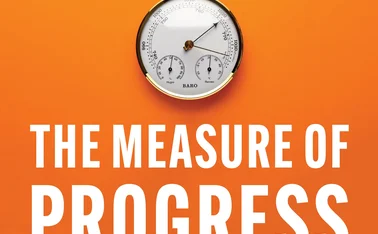
BoE paper argues for heterogeneous agent modelling
Authors use heterogeneous agent model to study fiscal policy and redistribution

Modelling households as heterogeneous can shed light on fiscal policy and avoid unrealistic results, research published by the Bank of England finds.
Cristiano Cantore and Lukas Freund present a “capitalist-worker two-agent New Keynesian model”. There are two types of household: “workers”, who supply labour and can buy bonds, subject to portfolio adjustment costs; and “capitalists”, who own all the economy’s firms and do not supply labour.
Cantore and Freund find their model matches evidence
Only users who have a paid subscription or are part of a corporate subscription are able to print or copy content.
To access these options, along with all other subscription benefits, please contact info@centralbanking.com or view our subscription options here: subscriptions.centralbanking.com/subscribe
You are currently unable to print this content. Please contact info@centralbanking.com to find out more.
You are currently unable to copy this content. Please contact info@centralbanking.com to find out more.
Copyright Infopro Digital Limited. All rights reserved.
As outlined in our terms and conditions, https://www.infopro-digital.com/terms-and-conditions/subscriptions/ (point 2.4), printing is limited to a single copy.
If you would like to purchase additional rights please email info@centralbanking.com test test test
Copyright Infopro Digital Limited. All rights reserved.
You may share this content using our article tools. As outlined in our terms and conditions, https://www.infopro-digital.com/terms-and-conditions/subscriptions/ (clause 2.4), an Authorised User may only make one copy of the materials for their own personal use. You must also comply with the restrictions in clause 2.5.
If you would like to purchase additional rights please email info@centralbanking.com test test test







